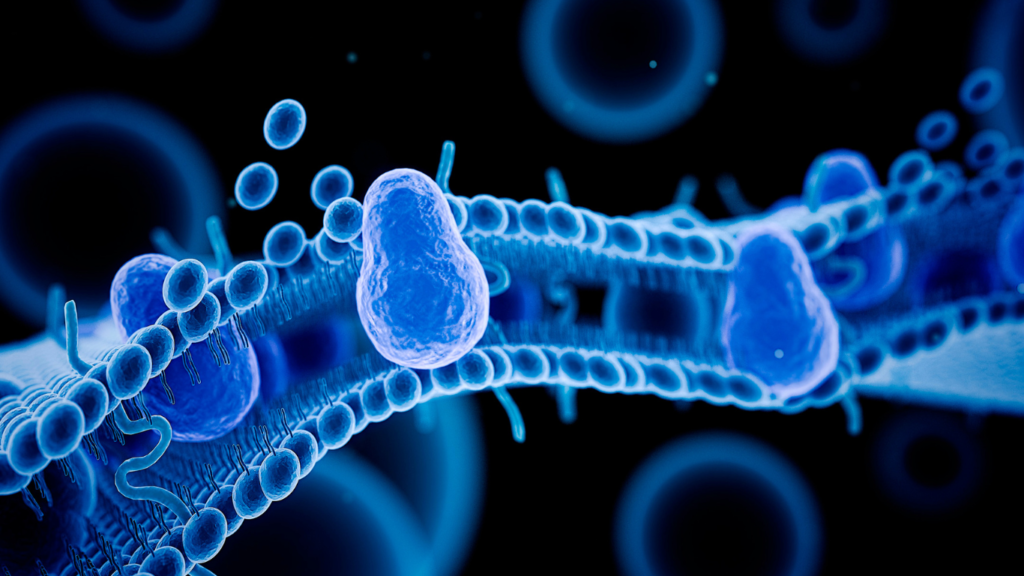The Role of Cell Membranes in Health: Unveiling the Hidden Secrets

Introduction:
Every living organism, whether it’s a human being or a plant, is composed of fundamental building blocks known as cells. These microscopic entities share standard components, with one crucial element being the cell membrane. The cell membrane serves as a guardian, keeping the inner contents of cells safe while preventing unwanted materials from entering. In this discussion, we’ll explore the significance of cell membranes, their relevance to various diseases, and the importance of maintaining their composition for overall health.
The Cell Membrane: Nature’s Protective Barrier:
While plants, fungi, and certain algae boast an outer wall that provides structural support, just beneath this wall lies a cell membrane similar to those found in all living organisms. In animals, there’s no outer cell wall; instead, their cell membranes are flexible and fluid-like when healthy. Until recent years, medical research hadn’t emphasized the complexity of cell membranes. However, growing evidence now links certain diseases, such as Alzheimer’s disease, cystic fibrosis, Duchenne muscular dystrophy, and sickle cell disease, to anomalies in cell membrane functioning. The list of diseases associated with cell membranes is expanding, potentially including some cancers and chronic inflammatory conditions. In these diseases, the cell membrane undergoes alterations, whether due to oxidative stress, lipid imbalances, or changes in specialized proteins responsible for transporting essential molecules into and out of the cell.
Understanding the Cell Membrane’s Composition:
Human cells are equipped with several types of membranes, each with its unique role. The outer cell membrane primarily consists of fats (lipids), including saturated, monounsaturated, and polyunsaturated fats, along with cholesterol. These lipids are vital for maintaining cell integrity. Intertwined within this complex lipid structure are specialized proteins and carbohydrates that selectively regulate the flow of molecules in and out of healthy cells.
Besides the outer cell membrane, various organelles within cells, such as the nucleus (home to our DNA) and mitochondria (the cell’s powerhouse), have their protective membranes. These membranes, too, are composed of lipids, and a delicate balance among these lipids is essential for proper organelle function.
Balancing Fats for Good Health:
In summary, the composition of cell membranes is critical for overall well-being. While you’ve likely heard discussions about “good” and “bad” fats, it’s important to note that there are no inherently “bad” fats. Cells rely on a balance of fats, some of which are produced by our bodies, while others are obtained through our diets. Saturated fats and cholesterol can be made by our bodies and obtained through food, while polyunsaturated fats must be ingested since our bodies cannot synthesize them. An imbalance in these fats, whether due to dietary choices or metabolic processes, can compromise the integrity of cell membranes and lead to health issues.
Preventing Disease Through Dietary Choices:
To prevent diseases associated with cell membrane dysfunction, it’s crucial to focus on your dietary habits. Consider adding high-quality nutritional supplements to your diet if you suspect you lack essential components of cell membranes. The Western diet, in particular, often falls short in polyunsaturated fatty acids, especially omega-3. When these fats are deficient or out of balance with other fats, cell membranes become less permeable and less healthy, increasing the risk of various diseases. As the saying goes, “Prevention is the cure.”
In conclusion, the cell membrane is a fundamental player in maintaining health, and its composition should not be underestimated. By understanding the role of cell membranes and making informed dietary choices, we can take proactive steps to support our well-being and reduce the risk of diseases linked to membrane abnormalities.
